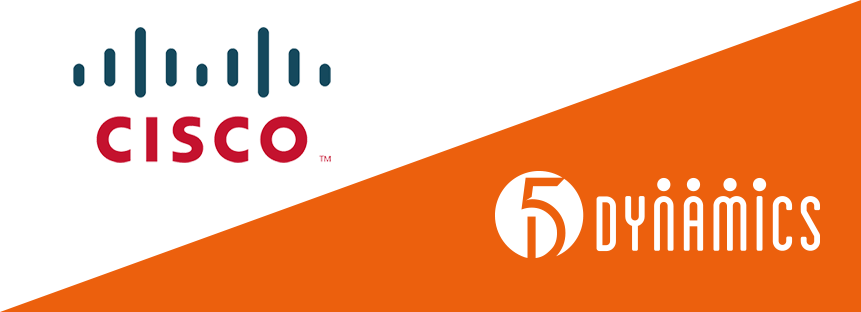Lighting the Fire: Learning and the Growth Mindset (Part 1 of 3)

“Education is not the filling of the pail, but rather the lighting of a fire.”
– William Butler Yeats
One of the best parts of my job as CEO of 5 Dynamics is being able to interact with some amazing people. I have always been passionate about learning at all levels. My first real job (if you don’t count selling vacuum cleaners door to door) was teaching French. I was very young and very naïve, but what I lacked in age and experience, I made up for in bravado.
Make Learning Come Alive
I come from a long line of educators, and I knew intuitively what worked and what didn’t. I knew that I needed to make the French language come alive for my students.
When the students were learning vocabulary words associated with food, we made crepes in the classroom. They had to give the directions and discuss the measurements in French. They had to describe their experiences in the target language and talk about what they liked and didn’t like. From there we hosted a French food festival where they made various French dishes at home with their families and then shared them with other families. As a fundraiser for an upcoming trip they cooked Coq Au Vin for 250 people, including a State Senator and a State Representative. Finally, we traveled to Quebec City, the closest place for to be immersed in the French language and culture.
I didn’t ascribe my teaching practices to any particular theories. I just tried to create the best experience possible for these learners as I wanted them to love the language as much as I did.
The Three-Phase Learning Model
Now, fast forward to today, I am honored to be able to work with people who are leading-edge thinkers in the learning space.
Dr. Britt Andreatta is one of those amazing people. I highly recommend her book, *Wired to Grow* for anyone who would like to understand the neuroscience behind our capacity to learn.
Dr. Andreatta has a simple, three-phase learning model: Learn, Remember, and Do.
Here is how she describes the three phases in Wired to Grow:
- The first phase: Learn—is self-explanatory. A learner takes in new information in some way, and understands it.
- The second phase: Remember—is about retaining what is learned. Learning something today and forgetting it tomorrow, doesn’t do much good. But even if remembered, the learner ultimately has to do something with it, which takes us to phase 3: Do.
- The third phase: Do—This phase is about behavior change and using what is learned to do something about it in the real world.
I not only wanted my French students to learn something, I wanted them to remember it, and I wanted them to be able to apply it in a real-world setting. All three components were required for true learning to take place.
The Growth Mindset And The Fixed Mindset
Dr. Andreatta also explains in Wired to Grow how we can either have a growth mindset or a fixed mindset:
- People with a fixed mindset believe their traits or characteristics—such as their IQ (intelligence quotient) or people skills—are set once they reach adulthood. A person with a fixed mindset thinks, I’ve got what I’ve got and I just have to make the most of it, but I can’t change it.
- In contrast, a person with a growth mindset believes that they can always get better, they can always learn something new, or practice something more, and that studying and effort are the pathways to improvement and mastery.
One of my favorite movies, The Blind Side, has a scene where Michael Oher tells Miss Sue, “I don’t understand it.” She replies, “You don’t understand it yet.” She was focused on changing Michael’s viewpoint from a fixed mindset to a growth mindset. The rest was up to him.
The Growth Mindset
The growth mindset is an important concept being increasingly embraced in both educational and corporate circles. The battle cry is, “Yet! I haven’t learned it yet.”
Dr. Carol Dweck has led the charge in this area, including her 2006 book *Mindset: The New Psychology of Success*. In a recent Harvard Business Review article, Dr. Dweck sums up the benefits that come with properly applying the growth mindset:
“It’s hard work, but individuals and organizations can gain a lot by deepening their understanding of growth-mindset concepts and the processes for putting them into practice. It gives them a richer sense of who they are, what they stand for, and how they want to move forward.”
Choosing to adopt a growth mindset is just a first step. The rest is up to us.
Part 2 of this series explores how Peer Instruction is transforming the classroom experience at Harvard.


